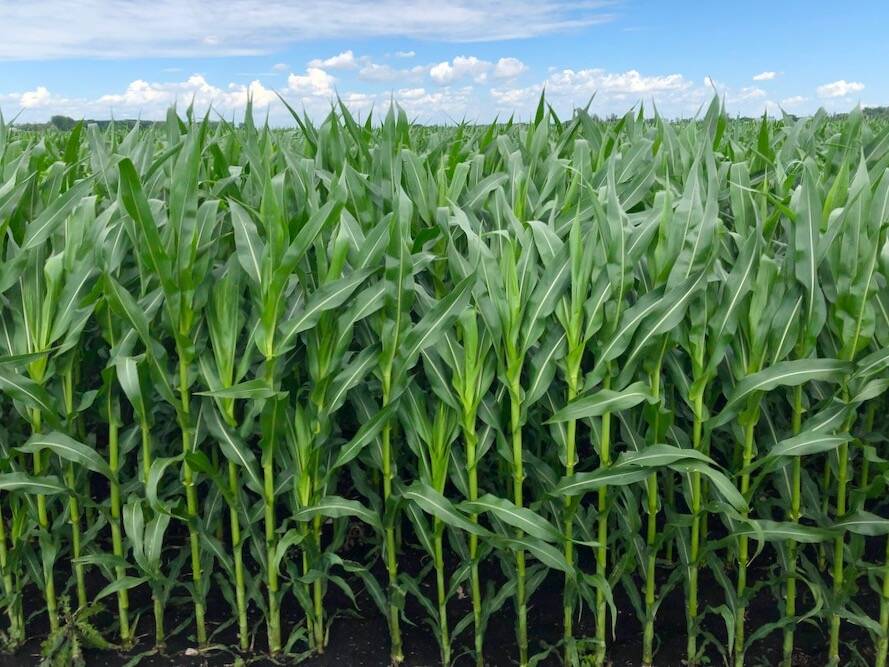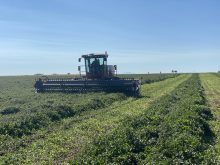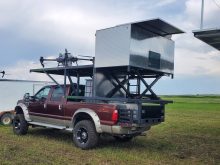Farmers on the Prairies know weather is a fickle thing, but how it unfolds at harvest can make a huge difference in the condition of your grain going into the bin.
At Ag in Motion in July, we spoke with two product reps on the show grounds about two things in particular that producers should watch for when it comes to grain storage: moisture and temperature.
“When Mother Nature doesn’t do her bit to dry the crop so they don’t need any additional attention, that’s when a grain dryer is an invaluable piece of equipment for farmers,” says Ron Kleuskens, technical sales rep with AGI.
Read Also

Cancer agency reclassifies another herbicide ‘probably carcinogenic’
The WHO’s cancer research agency has now put atrazine, a herbicide well known to corn growers, in the same potential-hazard category where the agency put glyphosate.
Due to drier conditions, the past few growing seasons have seen less of a demand for on-farm grain drying added Kleuskens, but weather cycles often come with an element of surprise.
Kleuskens says deciding on a grain dryer shouldn’t be a last-minute decision as there is more to consider than the actual build, such as electrical work.
“The more forethought you put into it gives dealers and builders time to make sure everything is up when you need it,” he says.
“Just because they’ve got the equipment in it doesn’t mean the electrician can just snap to it. There’s other parts to it.”
READ MORE: Being proactive in storage, handling key to grain safety
Back in July at the show, Kleuskens said it was about a six- to eight-week lead time to set up a grain dryer once a sale is finalized.
Once your grain is inside the bin and dried to an optimal level, bin monitoring systems can offer an added layer of security and peace of mind.
Flaman was one exhibitor at Ag in Motion that offers bin monitoring equipment. Its product, Bin-Sense, is a remote grain monitoring device that keeps you in the loop about the condition of grain inside your bin by triggering an alert if the temperature or moisture of your grain rises above a set threshold.
“Once there is a rise in temperature, the system will send a notification to your phone or computer and it alerts you to a temperature spike,” says Kent Sackmann, grain monitoring manager wth Flaman.
Once an alert is received, a producer can take corrective action such as turning on aeration fans or moving grain as needed.
The Bin-Sense app (available for both Android and Apple) allows a user to monitor their grain from a smartphone or by logging into the website via a desktop computer.
Sackmann shared that producers with higher-value crops in their bins are more likely to use a remote bin monitoring system.
So, depending on where you may be in your crop rotation — and where you predict grain prices may be headed — may spur your decision to invest in a remote grain bin monitoring system.
The Canadian Grain Commission offers safe storage guidelines of all major crops to help producers avoid bin spoilage.





















